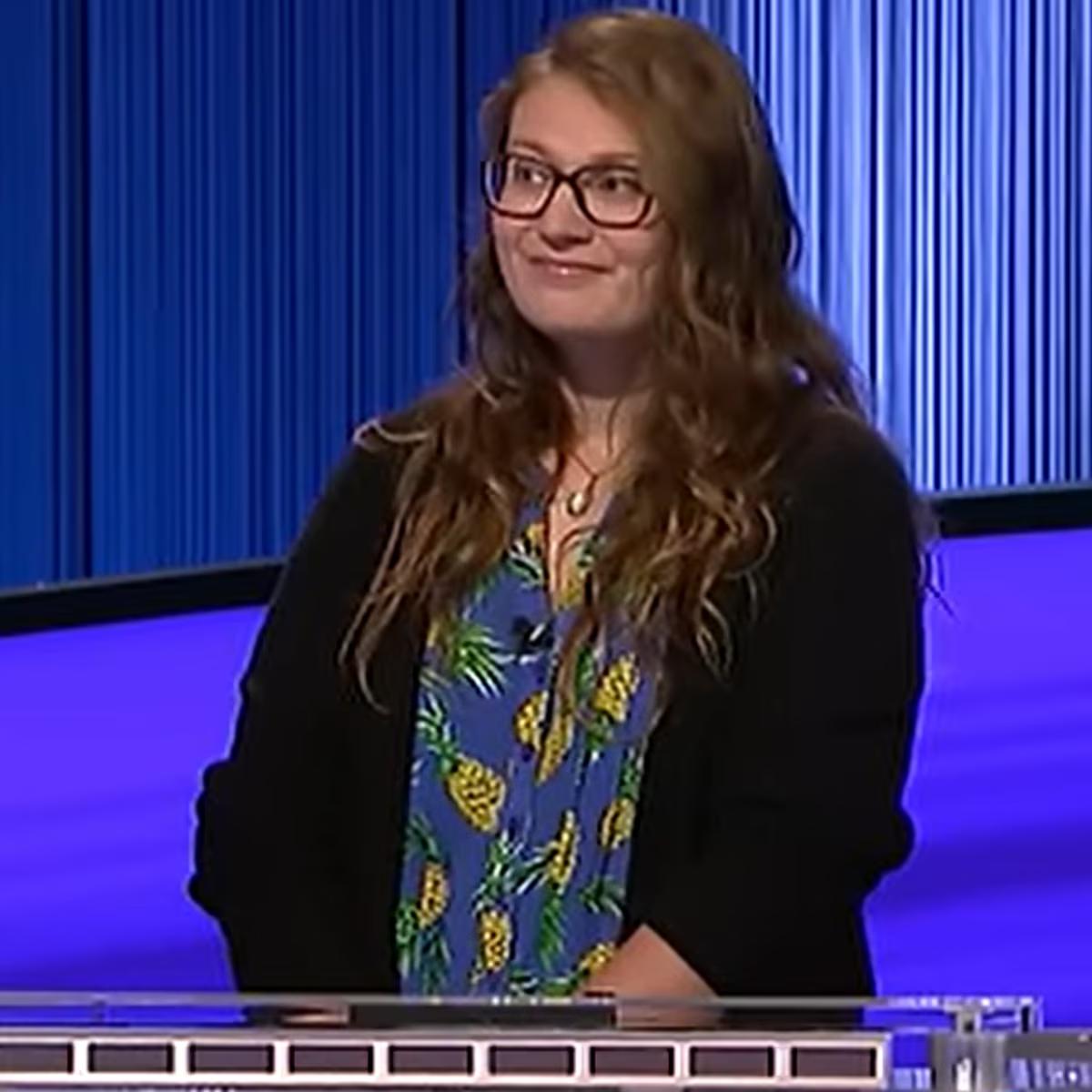Her work as a pioneering animator was lost to history — until now
With a trunk full of paper stock, charcoal, and a giant easel in tow, Bessie Mae Kelley would travel the country for her vaudeville circuits in the 1920s.
Kelley was an animation pioneer, having hand-drawn a mouse couple named Milton and Mary before there was ever a Mickey or a Minnie Mouse. She would apprise vaudeville audiences of the new world of moving cartoons in a budding industry called animation. She even billed herself as "the only woman animator" on these tours.
Yet much of Kelley's story and work was lost to the pages of her own journals and left undocumented — until now.
Earlier this year, animation historian Mindy Johnson was on the hunt for female animators that may have been erased from history, when she came across an illustration depicting pioneers of the industry. In the corner of the image stood a lone woman that she suspected was Kelley, despite one of Johnson's colleagues having written her off as a "cleaning lady" or a "secretary."
"Women's roles have often been avoided or ignored, or reduced down to a single logline of pretty girls who traced and colored," Johnson said. But she had a theory that women in the vaudeville era were far more involved in the early days of animation than was previously known.
Johnson followed her hunch and went down a rabbit hole historians only dream of.
She began making cold-calls, flying across the country and knocking on the doors of Kelley's relatives. She eventually tracked down a great-niece and great-nephew who had held on to some of Kelley's letters, artwork, and film reels. Some of it was damaged, but Johnson was able to piece together parts of her story and some of her film.
According to Johnson, Kelley was studying art at New York's Pratt Institute, when, as a part of the first generation of cinema, she fell in love with the medium.
"She kind of made a nuisance of herself at the studios and they finally hired her on," Johnson said.
Kelley began working in the industry doing menial jobs like washing film cells, but she worked her way up and Johnson said she was eventually "working elbow to elbow with Max Fleischer, Paul Terry and Walter Lantz," animators who were household names.
Kelley hand-drew cartoons in collaboration with Terry for his famed animated adaptation of Aesop's Fables, including the mouse couple that came to be known as Milton and Mary.
"Even Walt Disney is on record as saying that when he began his studio in Kansas City, he wanted to make cartoons as good as Aesop's Fables," Johnson said.
Kelley both animated and directed shorts that are, thanks to Johnson's research, now considered the earliest known animated films that were hand-drawn and directed by a woman. This erasure, Johnson says, is "common in film, it's common in life in general. Women's stories just are not told."
"History is recorded, preserved or written about in archives from a male perspective, and particularly in the history of animation," she said.
Johnson's discovery of Kelley's work set off a project that she plans to turn into a book and film about Kelley and other previously unrecognized women in animation. And earlier this week, Johnson presented her discoveries at the Academy Museum of Motion Pictures in Los Angeles, where she also premiered two restored short films by Kelley.
The first is a five-minute film entitled Flower Fairies, completed in 1921. It uses a technique called composite animation in which hand-drawn animation is combined with live-action footage.
The second three-minute film from 1922 is called A Merry Christmas, featuring stop-motion animation in addition to composite animation. Johnson says animators spanning generations, and several of Kelley's family members, attended the screening.
"It was a great delight to sit in the dark and look at the audience and see them take in something I've been living with for years. And to see it change their world," Johnson said.
Johnson, who teaches at California Institute of the Arts and Drexel University, says that discovering Kelley's role in animation isn't just about filling in the gaps of history, it also inspires a new generation of animators from underrepresented backgrounds in an industry that is still dominated by men.
"For my students, I can see them standing a little taller and more confident about their work and where they're headed when they know the pathway has been paved," she said. "Once they learn that women have always been there, they've always been in the room, they can move forward."
Disclaimer: The copyright of this article belongs to the original author. Reposting this article is solely for the purpose of information dissemination and does not constitute any investment advice. If there is any infringement, please contact us immediately. We will make corrections or deletions as necessary. Thank you.







